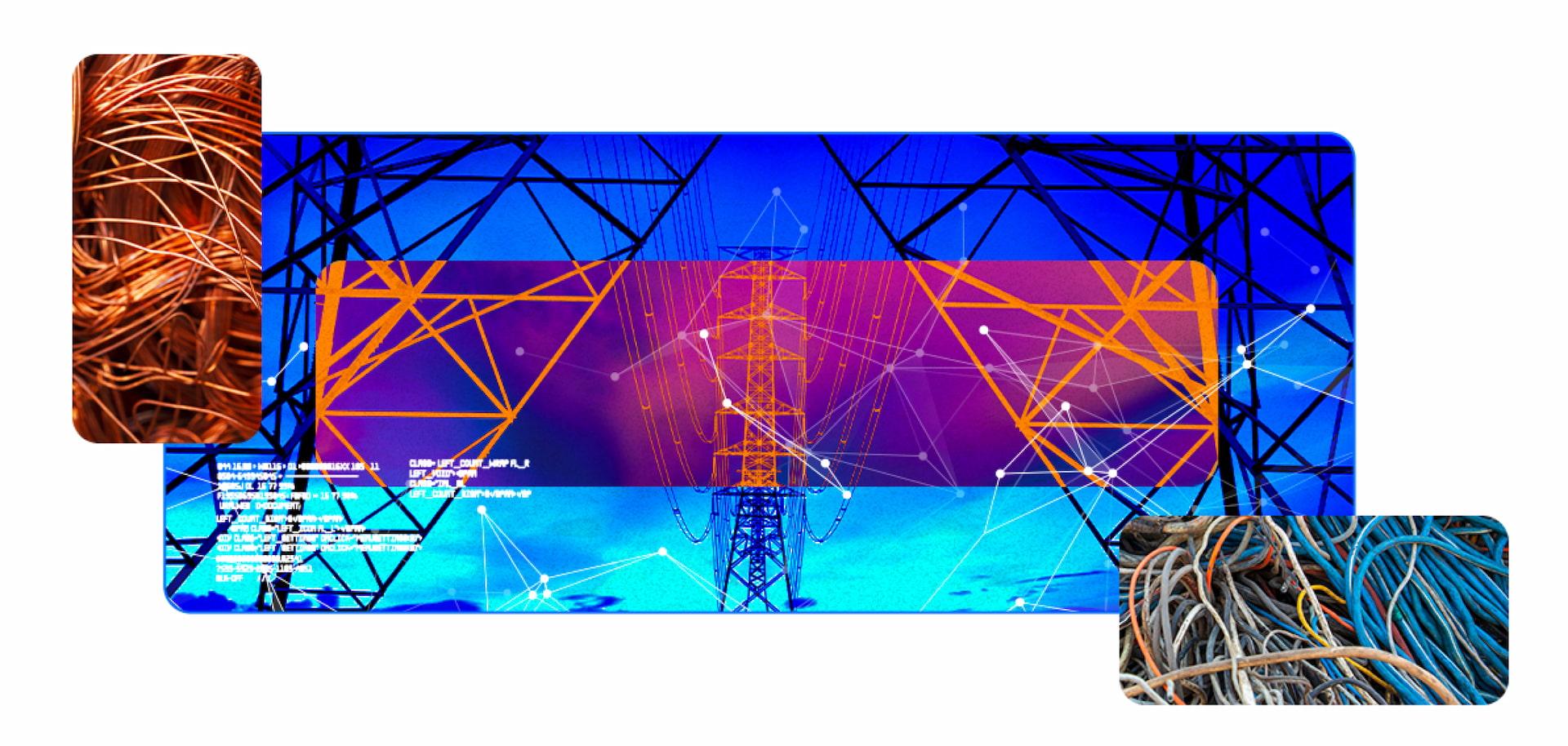Imagine a vast network of invisible or suspended arteries – made of copper, aluminum, and innovation. A network so essential it silently powers our cities, our industries, and our lives.
For decades, these infrastructures have kept pace with urbanization, economic growth, and the transformation of our lifestyles.
And yet, built for a more centralized and predictable world, they must now rise to an unprecedented challenge: adapting to a future that is more electric, more renewable, and more resilient.
How can we modernize these networks – the vital veins of a changing society? What if the answer wasn’t to rebuild everything from scratch, but to better harness what we already have?
Why Existing Grids Must Be Upgraded
Our power grids are silent witnesses to urbanization, economic expansion, and major shifts in how we live. But they were designed for a very different world: one that was centralized, less electrified, and far more predictable.
Today, these infrastructures must meet entirely new demands. They need to absorb the surge in renewable energy, support the rise of electric mobility, adapt to growing self-consumption, and respond to increasing needs for energy flexibility. They also need to become more resilient in the face of increasingly frequent extreme weather events.
Did you know?
- The average age of power grids in Europe and North America often exceeds 40 years.
- The duration of outages caused by these events has increased sixfold over the past ten years.
- The International Energy Agency estimates that the investments required to modernize power grids will reach $600 billion per year by 2030 (source: IEA report “Electricity Grids and Secure Energy Transitions” (october 2023).

Modernizing Without Rebuilding: A Winning Strategy
In this context, should we tear everything down to rebuild it better? Not necessarily. The solution often lies in a leaner, faster, and more sustainable approach: strengthening, optimizing, and adapting what already exists.
This strategy offers many benefits. It shortens implementation times, limits disruptions for local communities, allows better cost control, and reduces the carbon footprint of projects.
How can we modernize efficiently?
Through several technical levers:
- Reinforcing critical cables;
- Integrating smart sensors to detect weaknesses before they cause failures;
- Reconfiguring energy flows to avoid saturation;
- Using recycled or low-carbon materials, such as technical polymers or recovered metals.
Here’s a concrete example: In Europe, several pilot projects have modernized aging sections of the grid without dismantling them:
- Adding connected equipment,
- Predictive maintenance,
- Optimizing existing infrastructure.
The result: more efficient, more resilient networks – without rebuilding from scratch.

Turning Existing Grids Into a Circular Asset
What if our old networks became a resource for the future? Modernizing also means learning how to repurpose what already exists. Copper and aluminum cables can be recovered and reused after treatment, materials reinjected into new projects, and smart control modules installed to extend infrastructure lifespan.
A circular logic that gives grids a second life and supports more responsible electrification.
Key facts to remember:
- 15% of global demand for copper and aluminum may not be met by 2030.
- Material circularity is becoming a priority to reduce the need for new resource extraction.
By giving grids a second life, we help preserve natural resources and reduce the environmental footprint of new infrastructure.
A Vision Shared at ChangeNOW

This approach was at the heart of the discussion at ChangeNOW 2025, during a dedicated conference, “Circular Economy – Today’s Waste is Tomorrow’s Growth”, featuring David Grall, VP Sustainability & Corporate Transformation at Nexans, and Xavier Mathieu, VP Metallurgy at Nexans.
They presented concrete solutions to:
- Reduce environmental impact throughout the material lifecycle;
- Fully integrate the circular economy into energy infrastructure.
Doing Better With What We Have
Optimizing without overconsuming. Transforming without rebuilding everything.
That’s the ambition behind a successful energy transition: making our grids more robust, adaptable, and efficient.
In a world where 80% of energy will come from renewable sources by 2050, upgrading our existing infrastructure is a strategic imperative.
This isn’t about giving up on innovation – it’s about applying it where it matters most. It’s about acting now to build a more sustainable future.

In a nutshell
Modernizing our grids means strengthening energy resilience,
Reducing our environmental impact,
And accelerating the transition to an electrified world… without starting from scratch.
Sources:
McKinsey, Eurelectric, AIE + Electric Disturbance Events report
IEA report “Electricity Grids and Secure Energy Transitions” (october 2023)

